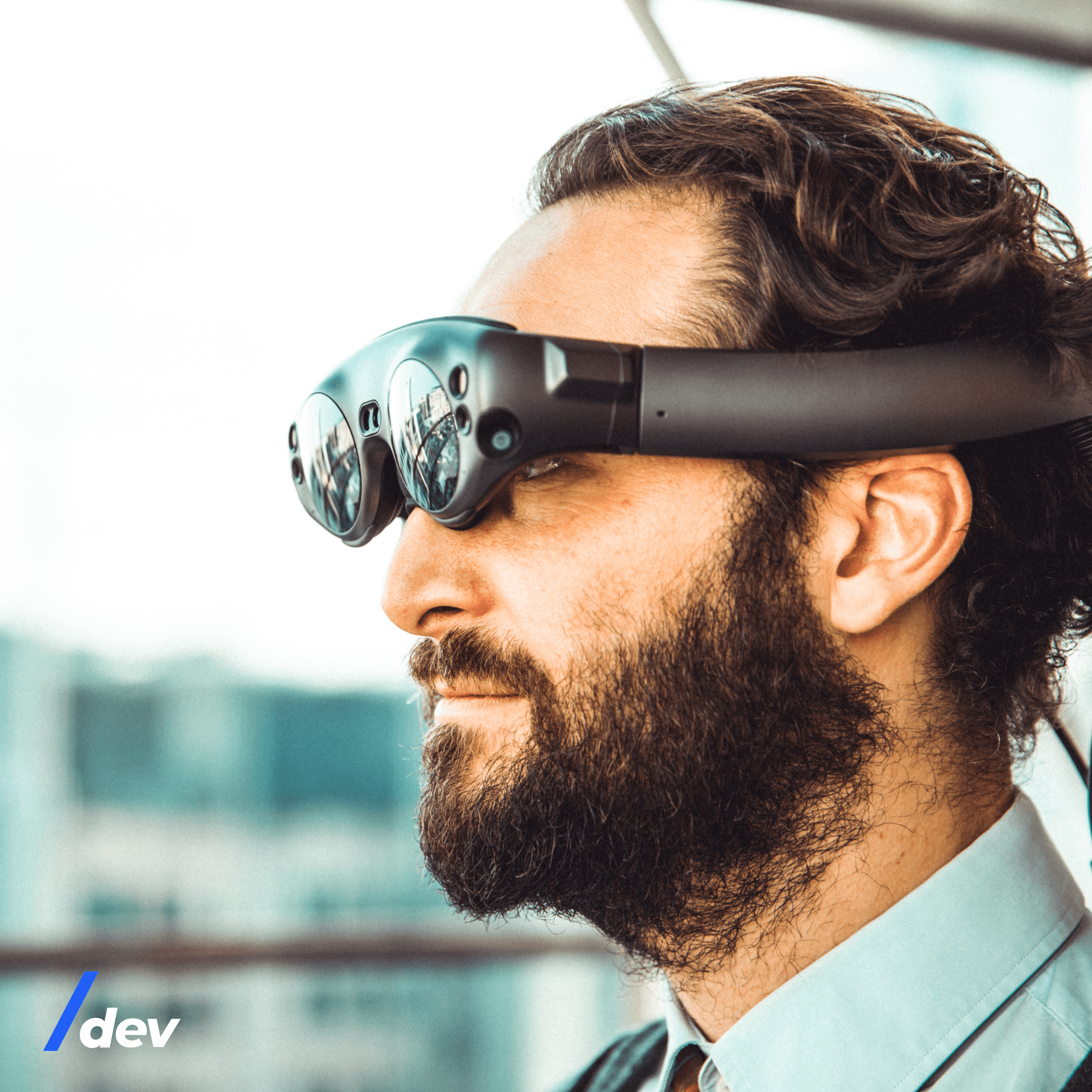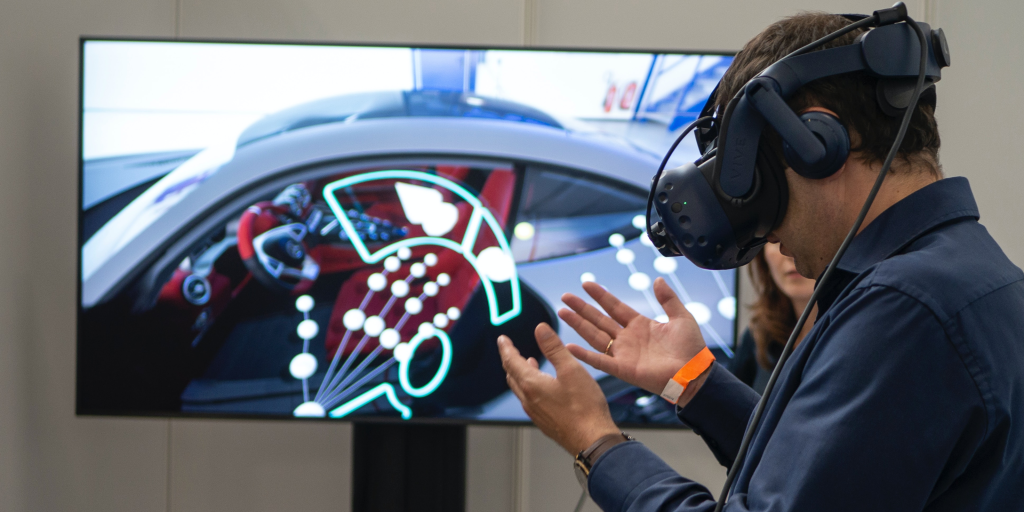Software Services
For Companies
For Developers
Products
Portfolio
Build With Us
Build With Us
Get Senior Engineers Straight To Your Inbox

Every month we send out our top new engineers in our network who are looking for work, be the first to get informed when top engineers become available

At Slashdev, we connect top-tier software engineers with innovative companies. Our network includes the most talented developers worldwide, carefully vetted to ensure exceptional quality and reliability.
Build With Us
The Rise of Augmented Reality (AR) in Retail: Enhancing the Shopping Experience/


Introduction
Augmented Reality (AR) is revolutionizing the retail industry by transforming the way consumers shop and engage with brands. With its ability to blend the virtual and physical worlds, AR technology offers immersive experiences that enhance product visualization, enable virtual try-on, and provide interactive engagement. In this article, we will explore the rise of AR in retail, its impact on the shopping experience, and the opportunities it presents for both retailers and consumers.
Augmented Reality in Retail

Virtual Try-On
AR allows customers to virtually try on products such as clothing, accessories, and cosmetics. By overlaying virtual representations onto the real-world environment, customers can see how items look and fit before making a purchase, reducing the need for physical try-ons and enhancing the convenience of online shopping.
Enhanced Product Visualization
AR enables customers to visualize products in their intended environment. For example, furniture retailers can use AR to place virtual furniture in a customer’s home, allowing them to see how it fits and complements their existing decor. This improves decision-making and reduces the risk of buyer’s remorse.
Interactive Shopping Experiences
AR can create interactive and engaging experiences within physical retail spaces. Retailers can use AR technology to provide immersive product demonstrations, gamified experiences, and personalized recommendations based on customer preferences. This not only enhances customer engagement but also drives foot traffic and increases dwell time in stores.
Implementation of AR in Retail
Mobile AR Apps
Retailers can develop mobile applications that leverage AR capabilities to deliver AR experiences directly to customers’ smartphones. These apps can provide features like virtual try-on, product visualization, and interactive shopping experiences, accessible anytime and anywhere.
In-Store AR Experiences

Retailers can implement AR technology within physical stores to enhance the in-store shopping experience. This can be achieved through interactive AR displays, AR mirrors, or even AR-powered virtual shopping assistants that guide customers through the store, provide product information, and make personalized recommendations.
Web-Based AR
Retailers can integrate AR experiences into their e-commerce websites, allowing customers to access AR features directly from their web browsers. This eliminates the need for a dedicated mobile app and provides a seamless shopping experience across different platforms.
Benefits and Opportunities
Enhanced Customer Engagement
AR technology captivates customers and creates memorable experiences, increasing customer engagement and brand loyalty. Retailers can leverage AR to differentiate themselves from competitors and create a unique shopping experience that drives customer satisfaction.
Increased Conversion Rates
By providing customers with a more immersive and interactive shopping experience, AR can boost conversion rates. The ability to try on products virtually and visualize them in real-world settings increases confidence in purchase decisions, leading to higher conversion rates and reduced return rates.
Data and Analytics
AR implementation in retail provides valuable data and analytics on customer behavior and preferences. Retailers can gather insights on customer interactions with AR experiences, product preferences, and purchase patterns, enabling them to make data-driven decisions and tailor their offerings to customer needs.
Overcoming Challenges and Ensuring Adoption
Technology Infrastructure
Implementing AR in retail requires robust technological infrastructure to support the rendering of realistic and interactive AR experiences. Retailers must invest in hardware, software, and network capabilities to deliver seamless AR interactions.
User Education and Accessibility
Retailers need to educate customers about AR technology and its benefits to encourage adoption. Additionally, ensuring accessibility for users with diverse devices and platforms is essential to maximize reach and engagement.
Privacy and Security
As with any technology that collects customer data, privacy, and security considerations are crucial. Retailers must prioritize data protection, comply with privacy regulations, and provide transparent information on data usage to gain customer trust.
Conclusion
The rise of Augmented Reality in retail opens up a world of possibilities for both retailers and consumers. By leveraging AR technology, retailers can create immersive, interactive, and personalized shopping experiences that drive customer engagement, increase conversion rates, and provide valuable insights. To stay at the forefront of this retail revolution, retailers should embrace AR as a strategic tool for enhancing the shopping experience and meeting evolving customer expectations.
To explore the potential of Augmented Reality in retail and learn about the latest trends and innovations, visit slashdev.io. Access a wealth of resources, articles, and discussions that delve deeper into AR applications in the retail industry.
Embrace the power of Augmented Reality and transform your retail business. Elevate the shopping experience, captivate your customers, and unlock new opportunities with AR technology. The future of retail is here, and it’s augmented.

